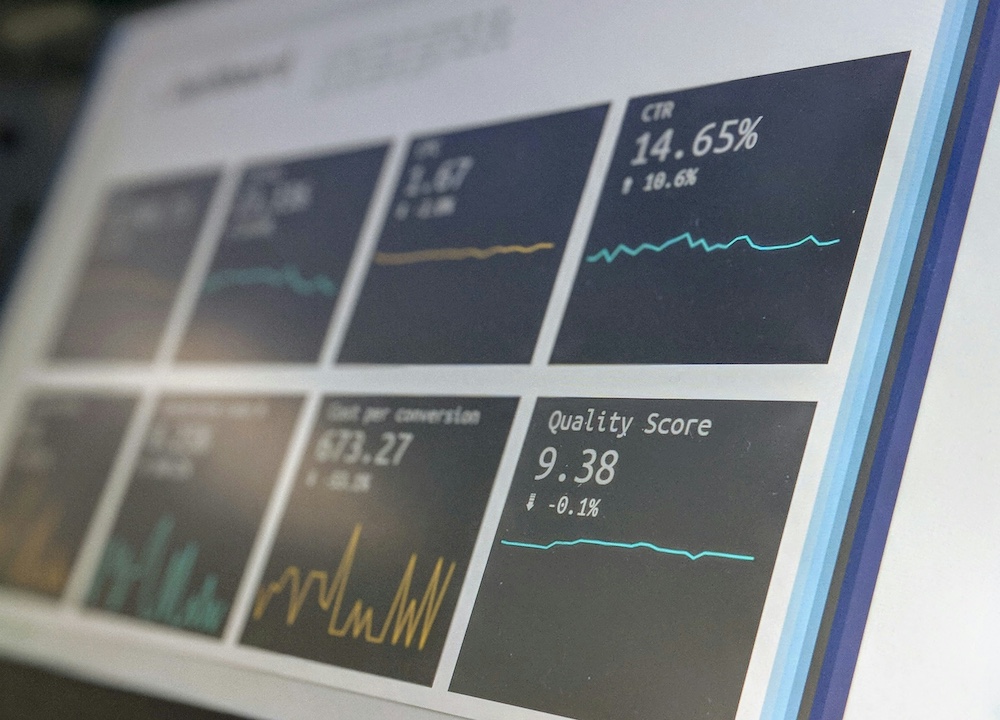Condition Monitoring is a revolutionary approach to industrial maintenance that aims to prevent machine and equipment failures by continuously monitoring the condition of components. Through the use of advanced technologies such as sensors,IoT-platforms and artificial intelligence, companies can detect potential problems early and fix them before they lead to costly breakdowns.
The theory behind condition monitoring
Why is condition monitoring important?
- Increased efficiency: By avoiding unnecessary downtime and breakdowns, companies can significantly increase their productivity.
- Cost reduction: Condition monitoring helps to reduce costs for repairs, spare parts and production losses.
- Failure avoidance: By detecting problems at an early stage, companies can prevent breakdowns and thus increase the availability of their machines and systems.
- Increased safety: Condition monitoring can help to minimize risks to the safety of employees and the environment.
- Quality assurance: By continuously monitoring the condition of machines, companies can improve the quality of their products and services.
How does condition monitoring work?
Condition monitoring is based on the collecting-and-analyzing-data from various sensors installed on critical components of machines and systems. These sensors can, for example, measure vibrations, temperature, pressure, power consumption or acoustic emissions. The collected data is then analyzed using special algorithms to detect signs of wear, overload or other problems.

Which technologies are used for condition monitoring?
- Sensors: Vibration sensors, temperature sensors, pressure sensors, acoustic emission sensors, power consumption sensors and many others.
- IoT platforms: Platforms that enable the connection of sensors and other devices and collect and analyze the collected data.
- Artificial Intelligence: Algorithms that are able to recognize complex patterns in the data and make predictions about the future condition of machines and systems.
- Predictive maintenance: A strategy that uses condition monitoring data to predict and proactively prevent machine and system failures.
What are the challenges of condition monitoring?
- Data evaluation: Analyzing large amounts of data can be complex and time-consuming.
- Integration into existing systems: Integrating condition monitoring systems into existing IT infrastructures can present challenges.
- Cost-benefit analysis: The investment in condition monitoring systems must be carefully weighed against the expected benefits.
What are the future trends in condition monitoring?
- Artificial intelligence and machine learning: Advances in these areas will further improve the ability of condition monitoring systems to detect and predict problems.
- IoT and Industry 4.0: The increasing networking of machines and systems will open up new possibilities for condition monitoring.
- Predictive Maintenance: The ability to predict machine and system failures will be further expanded and improved.
Condition Monitoring: A practical guide for companies
Condition monitoring is an essential tool for companies looking to increase efficiency, reduce costs and avoid breakdowns. In this article, we will take a closer look at the practical aspects of condition monitoring and show you how to use this technology effectively in your business.
How do I select the right sensors for my application?
Choosing the right sensors is critical to successful condition monitoring. Here are some factors you should consider:
- Type of application: What types of data do you need for your specific requirements?
- Environmental conditions: Under what conditions will the sensors be used?
- Accuracy and resolution: How precise do the measurements need to be?
- Costs: What is your budget for the sensors and associated infrastructure?
How do I integrate condition monitoring into my existing IT system?
Integrating condition monitoring into existing IT systems can present challenges. Here are some tips:
- Standardization: Use open standards such as OPC UA to facilitate integration.
- Cloud-based solutions: Consider using cloud-based platforms for data processing and analysis.
- Security: Ensure that your condition monitoring systems take appropriate security measures.
How do I analyze the collected data effectively?
Analyzing the collected data is a critical step in condition monitoring. Here are some best practices:
- Data visualization: Use appropriate visualization tools to identify trends and patterns in the data.
- Machine learning: Use machine learning algorithms to identify complex patterns in the data.
- Predictive analytics: Use predictive models to forecast future states of machines and systems.
How can I maximize the ROI of my condition monitoring investment?
To maximize the return on investment (ROI) of yourCondition Monitoring, you should take the following steps:
- Target setting: Define clear goals for your condition monitoring, such as reducing downtime or improving energy efficiency.
- Measurement: Track the success of your condition monitoring using relevant key figures.
- Optimization: Continuously adapt your condition monitoring systems to your changing needs.
Conclusion
Condition monitoring is a powerful tool for companies to help them increase efficiency, reduce costs and avoid breakdowns. By selecting the right sensors, successfully integrating them into existing systems and effectively analyzing the data collected, companies can realize the full benefits of this technology.
Contact us to find out more about the condition monitoring solution from ADTANCE.